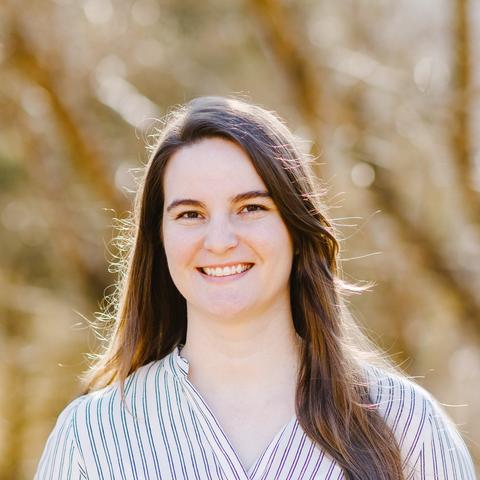Caption
Flannery O’Connor’s portrait of herself with a pheasant, on display with many other paintings by the author often touted as the finest writer of the Southern Gothic, on the grounds of the farm in Milledgeville where she spent her adult life.
Credit: Grant Blankenship/GPB News


